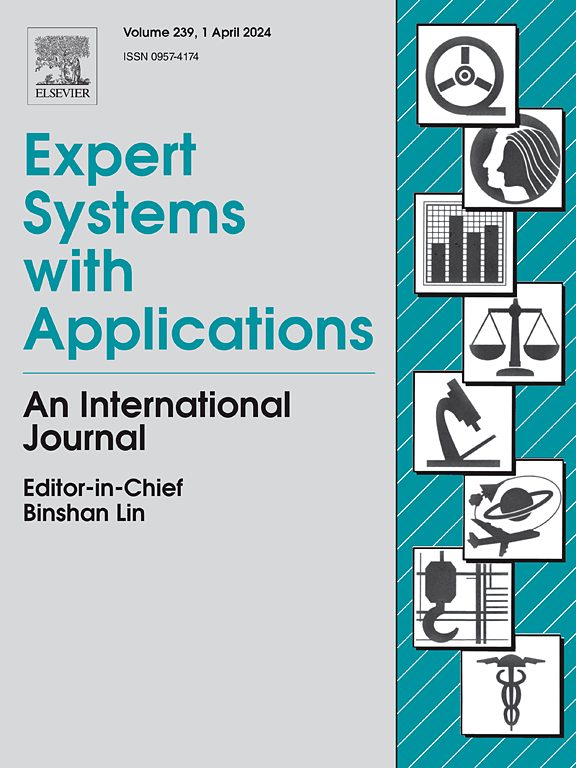利用细胞能量改进细胞亚群鉴定和细胞命运定位
IF 7.5
1区 计算机科学
Q1 COMPUTER SCIENCE, ARTIFICIAL INTELLIGENCE
引用次数: 0
摘要
尽管单细胞数据分析算法取得了快速进展,但在不同生物系统中准确而稳健地绘制细胞命运动态图仍然是一个挑战。本文介绍了一种基于基因局部网络能量(Gene Local Network energy, GLNE)分配细胞能量指标的新方法CellEnergy,该方法适用于定量描述吸引子状态。与其他8种先进模型相比,CellEnergy在量化细胞可塑性、评估细胞群体异质性、自动检测终端细胞状态和跟踪细胞命运转变的动态方面表现优异。此外,CellEnergy在稀有细胞和高辍学率数据集上表现出鲁棒性,同时显著降低了计算成本。CellEnergy定量评估小鼠胚胎干细胞的异质性,并鉴定出具有一致的高分化潜力的细胞亚群,定义为2细胞样细胞。对于小鼠胰腺发育,CellEnergy准确识别了四种终端细胞状态,包括罕见的Delta细胞,并描绘了不同谱系中相关基因的局部网络能量变化趋势。细胞能量的应用从能量的角度揭示了人类化学重编程数据中小分子对细胞可塑性的影响。我们进一步证明了CellEnergy在识别头颈部鳞状细胞癌和黑色素瘤的肿瘤发生和预后中涉及的可塑性相关基因方面的效用。细胞能量表征了人类造血谱系承诺的关键分支点,并解码了红细胞生成和巨核生成的独特调节动力学。本文章由计算机程序翻译,如有差异,请以英文原文为准。
Refining cell subpopulation identification and cell fate mapping using cell energy
Despite rapid advances in single-cell data analysis algorithms, the accurate and robust mapping of cell fate dynamics across diverse biological systems remains a challenge. Here, we introduce CellEnergy, a novel method capable of assigning a cell energy indicator based on Gene Local Network Energy (GLNE), suitable for quantitatively describing attractor states. Benchmarking against 8 other advanced models, CellEnergy demonstrates superior performance in quantifying cellular plasticity, assessing cell population heterogeneity, automatically detecting terminal cell states, and tracking the dynamics of cell fate transitions. Moreover, CellEnergy shows robustness in rare cells and high dropout ratio datasets, all while significantly reducing computational costs. CellEnergy quantitatively evaluates the heterogeneity of mouse embryonic stem cells and identifies a cell subpopulation that exhibits consistent high differentiation potential, defining 2-cell-like cells. For mouse pancreatic development, CellEnergy accurately identifies four terminal cell states, including the rare Delta cells, and profiles the local network energy change trends of relevant genes across different lineages. Applications of CellEnergy reveal the impact of small molecules on cell plasticity from an energy perspective in human chemical reprogramming data. We further demonstrate the utility of CellEnergy in identifying plasticity-associated genes implicated in the tumorigenesis and prognosis of head and neck squamous cell carcinoma and melanoma. CellEnergy characterizes key branching points in human hematopoietic lineage commitment and decodes the distinct regulatory dynamics of erythropoiesis and megakaryopoiesis.
求助全文
通过发布文献求助,成功后即可免费获取论文全文。
去求助
来源期刊

Expert Systems with Applications
工程技术-工程:电子与电气
CiteScore
13.80
自引率
10.60%
发文量
2045
审稿时长
8.7 months
期刊介绍:
Expert Systems With Applications is an international journal dedicated to the exchange of information on expert and intelligent systems used globally in industry, government, and universities. The journal emphasizes original papers covering the design, development, testing, implementation, and management of these systems, offering practical guidelines. It spans various sectors such as finance, engineering, marketing, law, project management, information management, medicine, and more. The journal also welcomes papers on multi-agent systems, knowledge management, neural networks, knowledge discovery, data mining, and other related areas, excluding applications to military/defense systems.
 求助内容:
求助内容: 应助结果提醒方式:
应助结果提醒方式:


